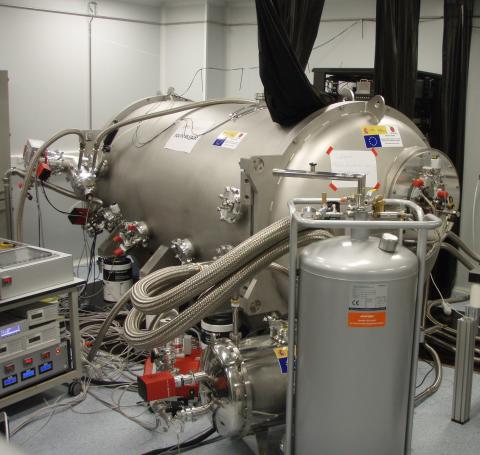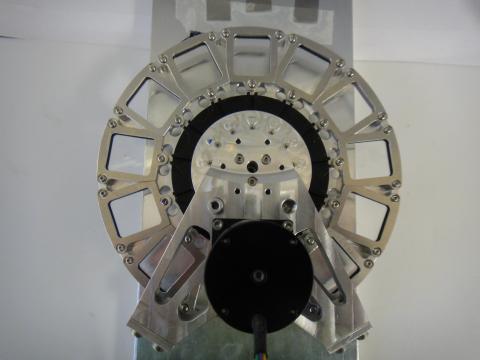


General information
-
Hosting OrganisationInstituto de Astrofísica de Andalucía
-
AddressGlorieta de la Astronomía s/n, 18008-Granada
-
Contact Info:
-
Phone
-
Emaildireccion.iaa@csic.es
Description
The IAA is a research institute that belongs to the Consejo Superior de Investigaciones Científicas (CSIC), located in Granada (Andalucía, Spain). The main activities of IAA (CSIC) are devoted to:
i) Front-line research in the field of Astronomy and Astrophysics;
ii) development of space-borne and ground-based instrumentation.
Summary of Research Services
- The IAA forms part of numerous consortia for the development of airborne and ground-based and instruments.
- The IAA provides access to multiple and advanced observing capabilities to the astronomical community, through the CAHA and OSN observatories.
- The IAA is coordinating the Spanish participation in the Square Kilometre Array (SKA, http://www.ska-spain.es), with funds granted by a budgetary line from the Spanish Ministry of Science (2021). IAA is supporting the interaction with international consortia/groups for strategic alliances, positioning of Spanish industry, representation of Spanish groups in SKA meetings and consortia. IAA is prototyping the Spanish node of the international SKA Regional Center (SRC) network, advocating for the principles of Open Science and reproducibility.
- The IAA participates in all scientific, technological, management and communication aspects of the European Solar Telecope (EST) project. In particular, the IAA is leading the development of the Tunable Imaging Spectropolarimeters/Fixed-Band Imagers (TIS/FBI).
- The IAA participates in the development of the second generation instruments ANDES and MOSAIC of the Extremely Large Telescope (ELT/ESO).
- The IAA is involved in the development of Gammapy, a Python-based package for high-level data calibration and analysis for CTA (Cherenkov Telescope Array) data processing.
Technology Capabilities
The technological capabilities of the IAA-CSIC focus on the development of instrumentation for ground-based telescopes and astronomical payload instrumentation for science and exploration space missions, covering various fields such as:
- Electronics engineering: development of power distribution units (PDU), data processing units (DPU), mechanism controller units (MCU), electrical ground support equipment (EGSE) and on board software for instrument control using FPGAs.
- Mechanical engineering: cryo-vacuum technology, high accuracy mechanics and FEA structural analysis. This know-how has been successfully applied in projects such as CARMENES (CAHA Observatory), ALMA (Band 1) and ANDES (ESO).
- Optical design of astronomical instrumentation in visible and infrared ranges: telescopes, spectroscopy, imaging, photometry and polarimetry.
- Analysis, design, integration and verification (AIV) of astronomical instruments for interplanetary scientific space missions and stratospheric balloon observatories.
- Software development: control software development for telescopes and astronomical instrumentation; development of pipelines for processing astronomical data and data archives; Expertise in VO (Virtual Observatory) standards and services; Big Data solutions for data processing; User-friendly tools for analysis and reproducibility; Project management
More information: http://udit.iaa.csic.es/
Main equipment or Facilities
- Mechanical electronic workshops
- Clean room for instrumentation AIV (ISO8)
- Clean room for electronics AIV (ISO8)
- Optics laboratory (ISO 8)
- Solar Physics Laboratory
- Cosmic Dust laboratory
- Spanish SKA Regional Center (espSRC)
Operation of astronomical observatories:
- Calar Alto Observatory (CAHA) is a joint infrastructure from CSIC and Junta de Andalucía, and the IAA (CSIC) is the reference institute. Telescopes: 3.5m, 2.2m and 1.23m.
- Sierra Nevada Observatory (OSN) is operated by the IAA (CSIC). Telescopes: 1.5m and 0.9m.